Chemistries for wastewater
There are four basic chemistries for wastewater products:
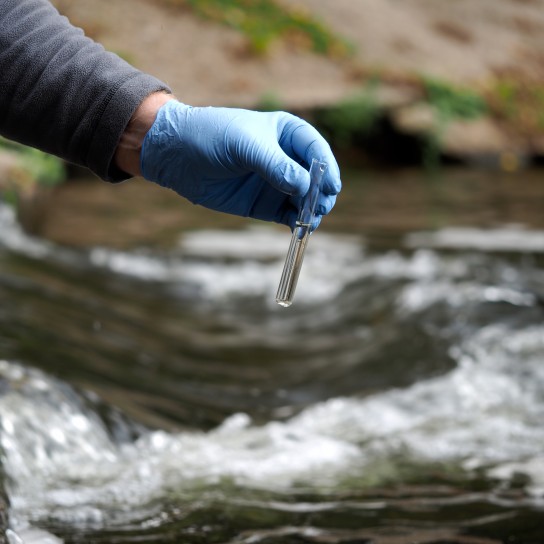
The ability to jar test and demonstrate the benefits of your program to a customer is at the core of being a successful Wastewater Professional. Like any new endeavor, building a strong foundation through organization, understanding your customer’s challenges and needs, and having a plan is essential.
We would like to present you with a logical method for wastewater jar testing which takes all mystery out of the process. This series and the full article focus on six major challenges you may encounter while jar testing. We offer a logical roadmap on how to resolve each challenge and provide a method for product selection.
This article will cover:
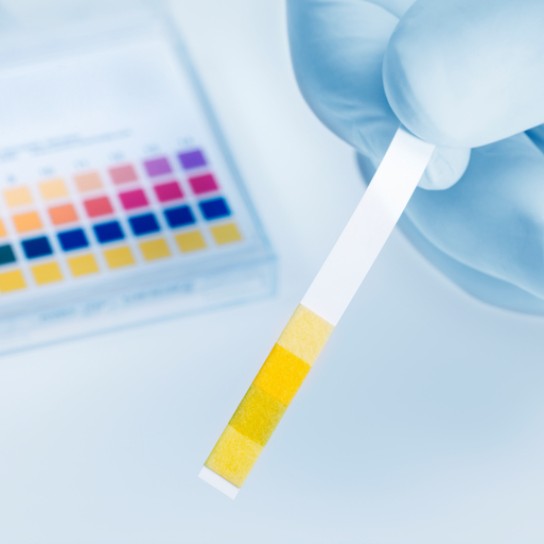
Organization is the core of any project. In the first part of our series, we offer a logical procedure to begin jar testing. Developing a system to help you identify products and their functions is critical to achieving jar testing efficiency. In this program, we utilize a color coding system for organization.
To ease jar testing, organize your test kit by a color coded system. Then ask yourself, “what are you trying to remove from your wastewater?”
Wastewater product attributes can be organized into four categories:
Coagulants (organic and inorganic) usually have a cationic charge and function to neutralize charges. This neutralization step creates what is known as a pin floc.
Flocculants have an anionic, cationic or nonionic charge, and are much higher molecular weighted products than coagulants. Think of a strand of pearls. Flocculants would be the size of a full strand but the coagulants are the size of a single pearl. Polymer manufacturers can control the number of pearls (molecular weight), charge on the pearls (anionic, cationic or nonionic) and number of charged pearls per strand (charge density). Nonionic products are actually very low anionic products which contain only a very few number of charged pearls on a strand.
Metals Removal Products these products include: Carbamate, Polycarbonate, Thio Red, Polysulfides and various other products.
Oil Demulsifiers can be categorized in two basic types: surfactants and oils/solvents. Surfactant based demulsifiers are used to water wet solid particles. Oil/solvent based demulsifiers are used to destabilize a water in oil emulsion.
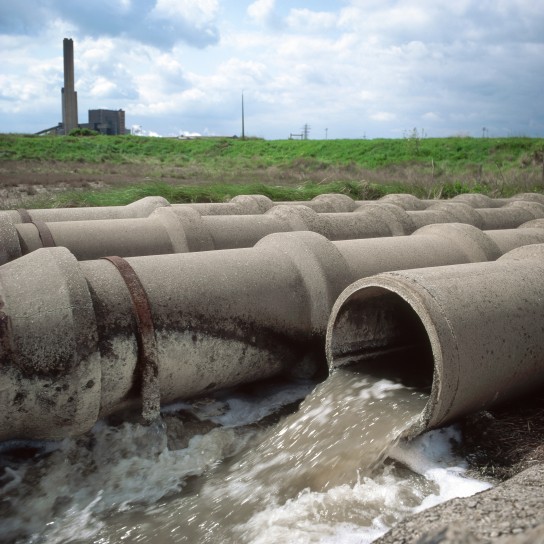
Coagulants and flocculants carry a charge; whereas, metals removal and demulsifiers are not based on charge.
Physical characteristics of wastewater products can be classified into three segments: liquid, emulsion, and powder.
1. Liquid: Typically yellow, straw, brown-red or clear in color.
2. Emulsion: Usually white in color. These are the long chain flocculants dissolved in water encapsulated or emulsified in an oil, and uncoil and expand when prepared for use.
3. Powder: Beads, flakes, or granular.
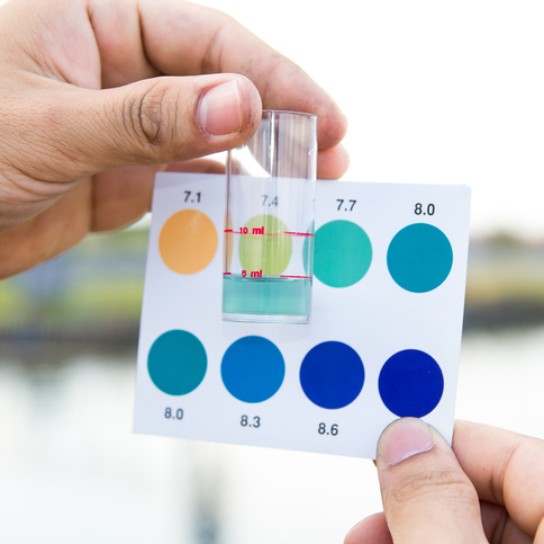
To ensure the task is not overwhelming, Cope recommends categorizing all the products using colored labels, readily available at any office supply store. This will give the 32 black bottle tops some organization. Organizing and knowing the chemistry of the 32 products you color-coded will help you decide which products to use to jar test.
The following label categories are suggested:
Also label each product with its name and form:
Dissolved Material is any detected contaminant able to pass through a 0.45 micron filter paper. Dissolved heavy metals are a prime example.
Colloidal Suspension are finely dispersed solids incapable of settling out quickly. An example of this is river water. Although these fine particles will settle out eventually, the customer’s systems typically will not have the needed residence time
Oily Wastewater (oil in water) is much like Colloidal Suspension, where oily wastewater will not separate on its own. Finely dispersed oil droplets are emulsified in the water. This emulsion is often caused by a surfactant preventing the oil particles from coalescing and in turn remain emulsified. Typically, colloidal solids are also present in oil waste water.
Suspended Solids are larger particles which will settle out quickly. The speed by which they settle will often need to be improved for plant operation.
Sludge occurs when a Colloidal Suspension and/or a suspension is treated. These solids are known as sludge and settle out in a system.
Oily Emulsion (water in oil) is when oily wastewater (oil in water) is treated and it creates a more concentrated waste known as an Oily Emulsion or a water in oil emulsion.

The Application Road Map provides a logical, systematic approach to solving your customer’s jar testing problems.
For a liquid solids separation program to be effective, a dissolved solid must be made insoluble to be extracted. This can be accomplished through various processes including precipitation, biological removal, or complexing. Knowing what contaminant needs to be removed will determine the process required for removal.
Example: A customer needs to reduce soluble copper. By researching on the internet, you will find that pH adjustment for hydroxide precipitation, sulfide precipitation and heavy metal precipitants are possible treatment schemes. These processes will make the copper insoluble and place you on the insoluble side of the Application Road Map.
The Application Road Map provides a logical route to clean your wastewater. The steps include: precipitation, coagulation, flocculation, and dewatering (in that order).
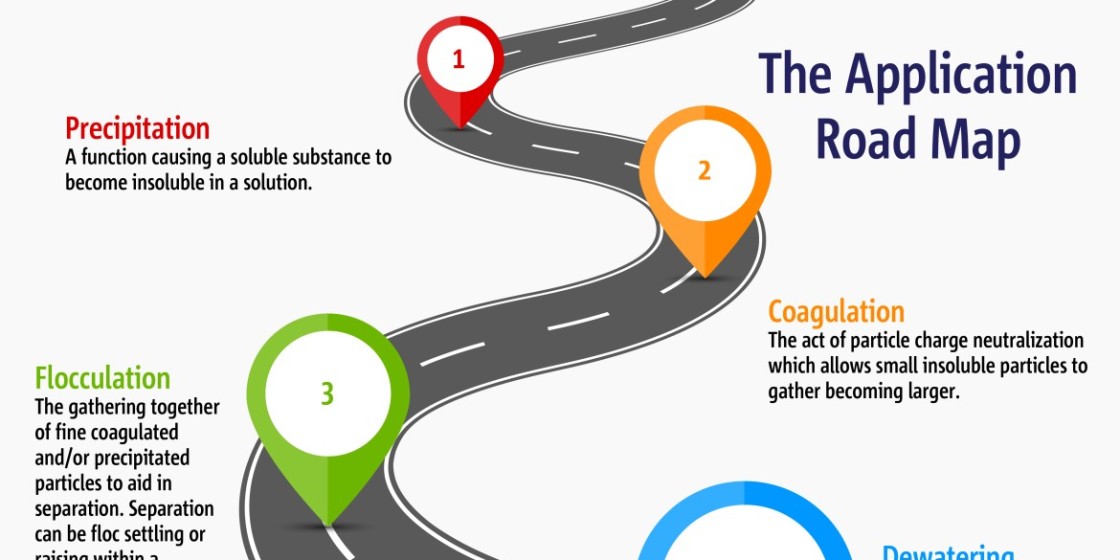
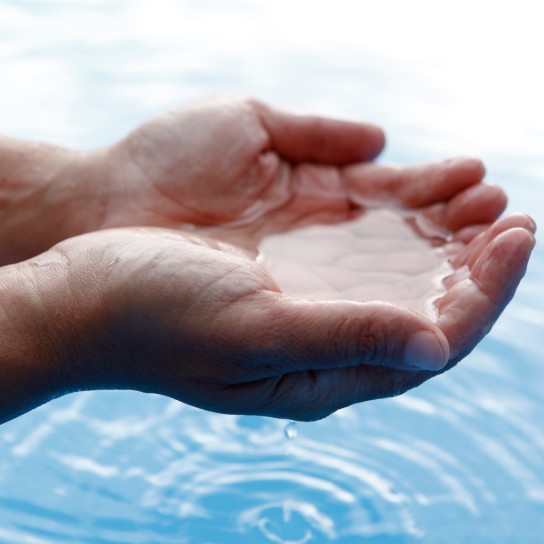
This section of the article provides steps to creating liquid solid separation in the product testing process. Adding a coagulant creates the pin floc necessary for beginning the separation process. Dosage rates can vary based on the type of wastewater you are testing.
There is a different testing process for the 6 different types of wastewater. Again, the six different types of wastewater include:
Each metal has an optimum pH where it will precipitate as a hydroxide. This method has been tried and is very effective for bulk removal of metals. There are drawbacks to this method, but it can be effective if the discharge limits aren’t too low.
This is not as pH dependent as hydroxide and can often reach lower discharge limits. While using this process, some environmental and safety issues can occur.
These chemistries are proving to be cost effective and allow customers to reach new lower limits. Several chemistries are available and should be considered when choosing a jar testing process.
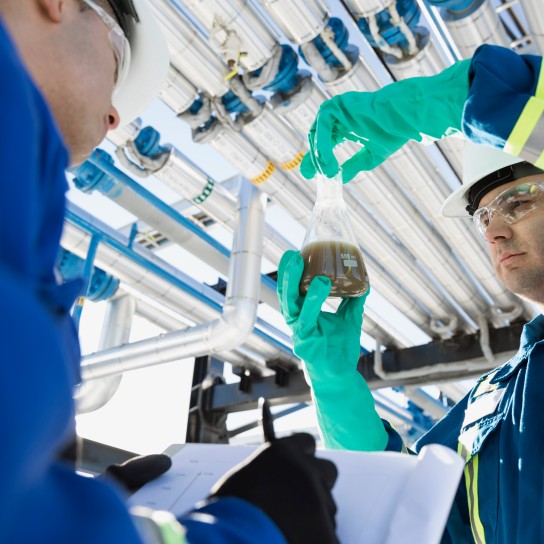
You have resolved Colloidal Suspension, Oily Waste or determined by using the quick anionic or cationic emulsion test, you ended at a Suspended Solid on the Application Road Map. You should conduct tests to determine the best charge and molecular weight.
Unlike coagulants varying based on chemistry, flocculants vary on charge (anionic or cationic), charge density (amount of charge) and molecular weight (length of the polymer chain). By bracketing the charge, you can identify the best charge to flocculate the suspended solids.
Testing for Sludge Dewatering is very similar to Suspended Solids testing. Sludge Dewatering usually requires a cationic product but like Suspended Solids, first determine the correct charge by using the anionic and cationic emulsions previously prepared. For Sludge Dewatering use the 1% stock solution. Dosages for Sludge Dewatering are typically higher than flocculation tests. Sludge testing is best conducted using the “Pour Test”. Simply pour sludge from one beaker to the other.
Oily Emulsion, also known as reverse emulsions, requires a very different type of testing. The most common treatment method is the use of Oil Demulsifiers or Oil Breakers. These products are water in oil demulsifiers and surfactants.

Determining a successful jar testing experiment, depends on the six different types of wastewater types. Wastewater treatment is often considered an art by many in the industry, but there is always a logical process used to give structure to your treatment approach and reach your desired destination.
The "Application Road Map for Successful Jar Testing" is a basic guide to help organize, identify and understand the jar testing process. More importantly, it allows you to begin to develop skills imperative to becoming a successful wastewater professional.
The ability to jar test and demonstrate the benefits of your program to a customer is at the core of being a successful wastewater professional.
Complete the short form to the right, to contact our Water Treatment Team.